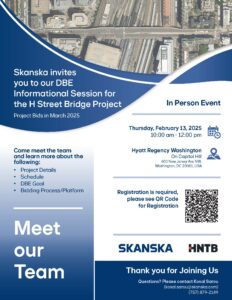Earlier this month, Prince George’s County Council President Tom Dernoga and Council Vice President Wala Blegay introduced a bill that would block new townhouse developments in most areas for the next two years. Townhouses would be allowed in three types of places identified in Plan Prince George’s 2035, the county’s comprehensive plan: “Regional Transit Districts,” which include places like Branch Avenue, Largo, and New Carrollton; “Local Transit Centers” like Capitol Heights and West Hyattsville; and “Local Centers,” basically smaller commercial areas like Riverdale Park or Brandywine.
Dernoga and Blegay say their goal is to block suburban sprawl and push new construction to areas like the Blue Line corridor, which officials envision as Prince George’s answer to other suburban downtowns in Maryland, like Bethesda or Silver Spring. Already over $1.2 billion of investment is happening near the county’s four Blue Line stations, including nearly 1,700 homes, offices, retail, and a hotel. Although county zoning allows townhouses in many places, Blegay told WTOP that outside of the county’s transit centers, single-family homes should be built instead because “that fits the character of the area.”
Wait, is this bad?
Today you can step off the train at Prince George’s County Metro stations like Naylor Road and literally be in a field. That’s a huge missed opportunity! More people living, working, and shopping near Metro can support the county’s tax base, reduce suburban sprawl, and combat climate change. This can also attract nice amenities like high-end grocery stores that are reluctant to locate in Prince George’s, frustrating residents who have to travel long distances to shop.
But are those the best places for townhouses to go? Angie Rodgers, the county’s deputy chief administrative officer for economic development–and a vocal opponent of the bill–says the priority should be big, mixed-use buildings closest to the train, and townhouses in surrounding areas and more suburban parts of the county.
Click here to read the rest of the article written by Dan Reed over at Greater Greater Washington






